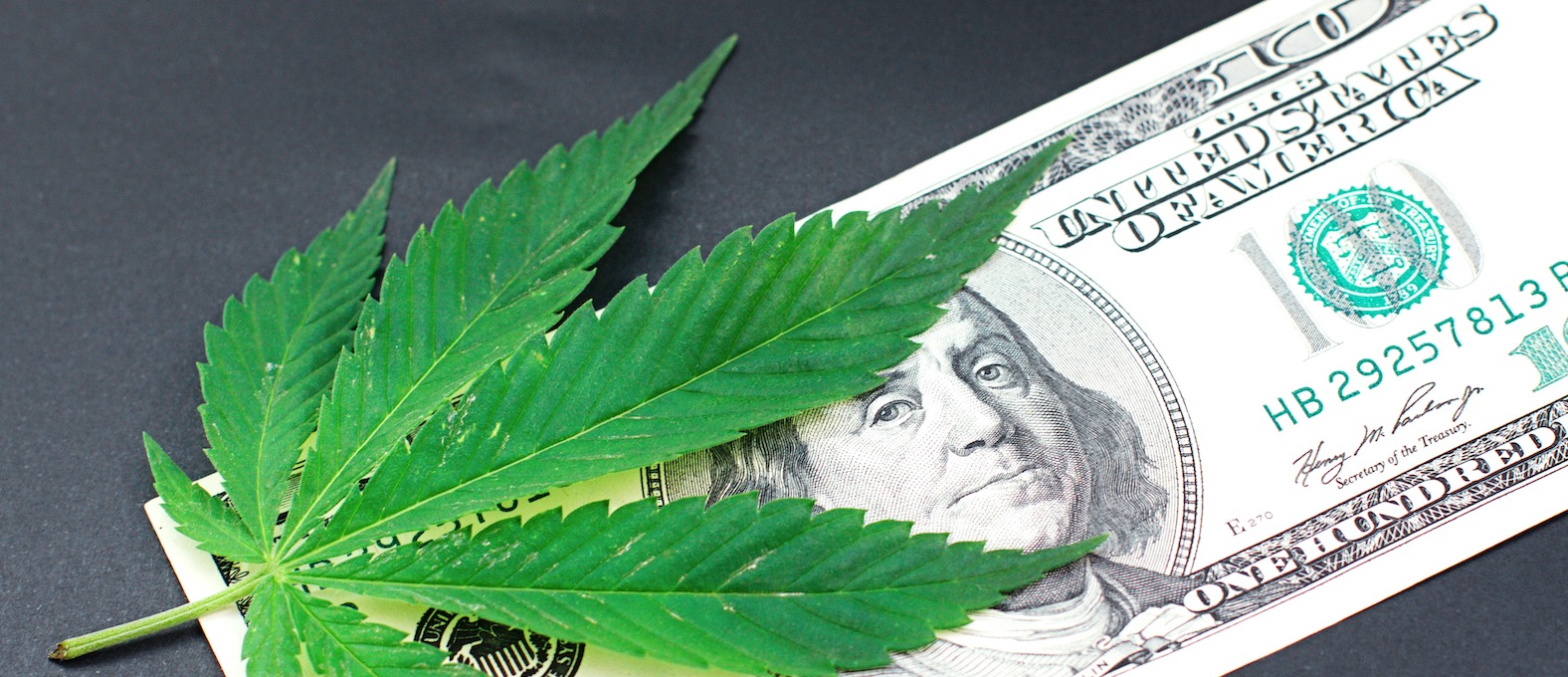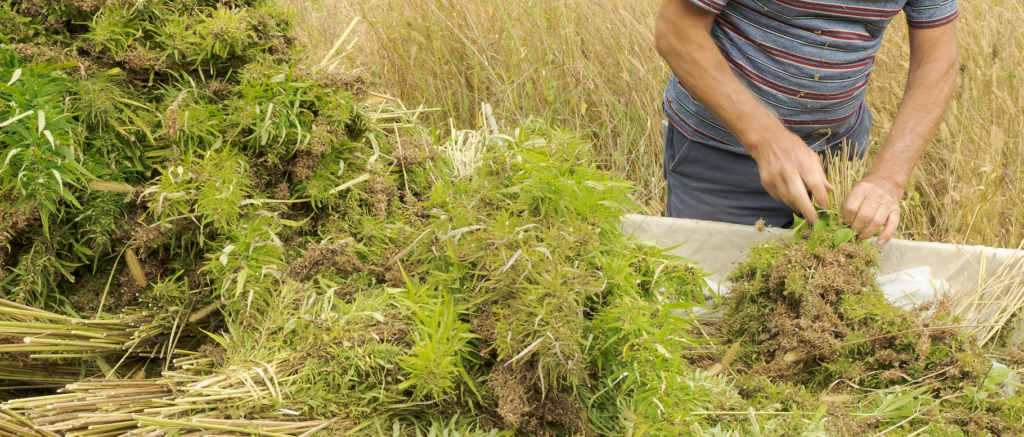11.21.2025
Sausage casings bulletin, November 21, 2025

...

Cannabinoid markets are showing signs of strengthening, though hemp pricing has not moved significantly. The progress we see is in volume, and increased transactions, but this is far from universal. Pricing will continue to fall for some derivatives, while others may show some strengthening. Price reporting in the new hemp industry has major challenges, reflective of the markets and the diversity of products and their specifications. Markets are the real challenge, as many of you can attest. We report what we see.
We began reporting a premium category for derivatives in April, to show what we are observing in markets with increased organic product volume, and more facilities gaining GMP certification. Companies are effectively using GMP practices in their marketing, regardless of certification status. These aggregated premiums have enabled companies to realize better returns in the global market, but they are no guarantee. As we have commented before, the lines between the two pricing categories is blurry, and only getting blurrier. This is why we evaluate our reporting quarterly, so that we can give you the most accurate, comprehensive view of an industry that is evolving at a remarkable pace.

The pricing floor for hemp derivatives has not been reached yet. There is continued downward pressure on markets, with massive inventories and capacities, and unclear demand, exacerbated by market disruption from the pandemic. There will be an ongoing race to the bottom in these markets, making companies jobs of differentiating themselves paramount to success. Nearly all of the players in this sector, large and small, are still in startup mode. Unclear demand and regulatory issues have retarded growth some, but the industry continues to launch, and consolidation is also building momentum. The playing field will be vastly different in 2025.
We’ve commented on the diversity in these markets, with participants operating in countless niches scattered around the fractured marketplace. Even within companies we see a wide range of pricing for various markets, aside from transaction volume that would typically influence pricing in any industry. The reasons are just as diverse, but generally reflect a range of market connectedness globally. Information that Hemp Bulletin readers may take for granted is not universally understood by buyers and sellers. This is what creates so much opportunity for arbitrage currently for those that have broad market access and the ability to take long positions with shelf-stable derivatives. This is not unique to hemp. Other markets have developed similarly in the past, but hemp is unique in the pace at which it is progressing, and overall connectedness through social media and other platforms is a driving force.
Hemp flower prices have been buoyed by consistent demand and show little sign of losing momentum near term. The trend is to indoor/greenhouse grown material to access premium markets, though western states with favorable climates less so. You can have an endless, cheap water supply, or a Mediterranean like climate, but not necessarily both. Indoor flower enjoys a nice premium in the MJ business, as much as twice the price as outdoor grown material. Smaller scale artisan flower operations can give their crops more attention than those who are growing more extensively outdoors. Outdoor material can be exceptional quality, but indoor product can have more shelf appeal, especially when comparing the two on the East Coast. MJ producers estimate costs of $1/gram or more for greenhouse grows, and that much, or more for indoor operations. Production costs of over $350/lb for hemp flower is not viable.
Some of the greatest opportunity in cannabinoid markets continue to be export markets. Europe in particular has enormous potential, with significant pent-up demand. All the companies with a vested interest in European markets are closely watching progress in Novel Foods policy, many of whom have applied for authorization to sell their products in European markets. Even with current policy there is healthy demand for CBD in Europe, and the US is indisputably a global leader in cannabinoid-rich hemp. Larger, well capitalized operations with some European presence are at a substantial advantage in accessing these markets, having identified friendly ports, and allowing them to warehouse some inventory.
Pricing for premium biomass over 8% CBD should show some strengthening as last year’s supply continues to degrade in many storage scenarios. Many extractors have secured biomass for future processing, but most do not have sufficient storage for this. We included this in our June issued forecast covering July/August, but we’ve yet to see much movement except for lower pricing on last year’s material. All eyes are on the 2020 crop, but excluding widespread crop failure, we’re set up for continued oversupply this year, making quality, storage capacity, and connections to markets the most important factors in this space. Success is also pivoting on production costs, which are being scrutinized far more rigorously this year.